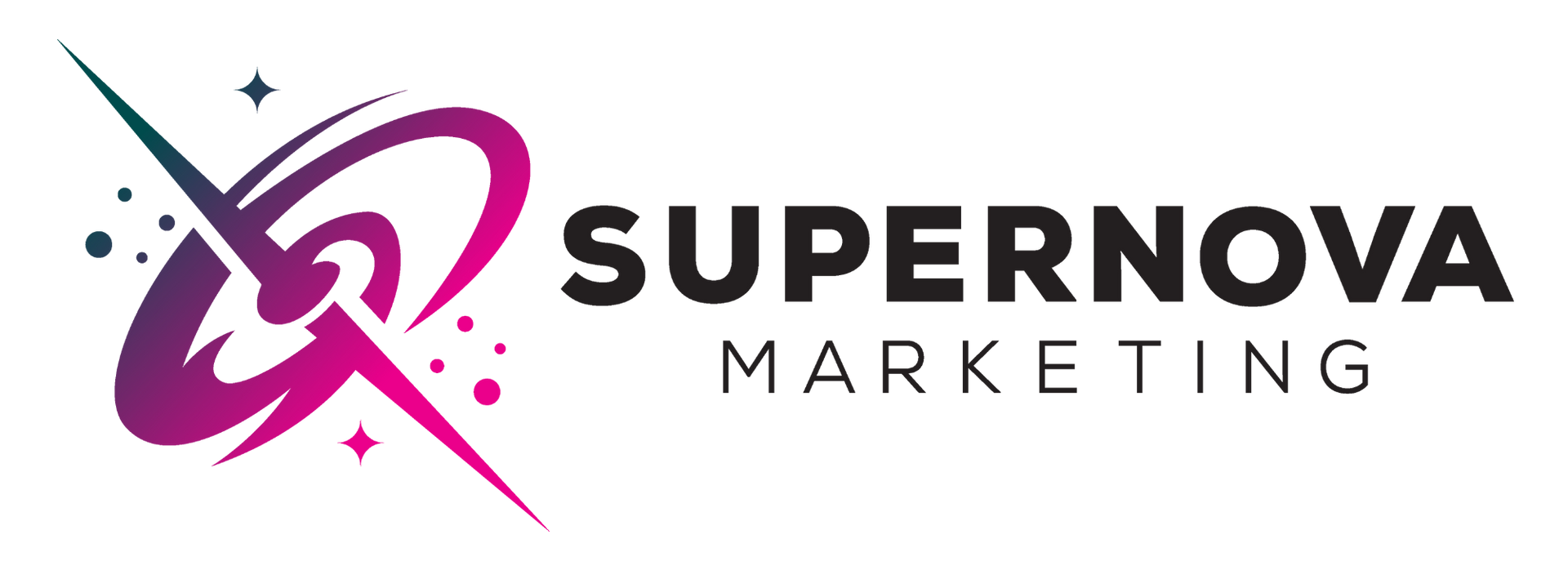The Power of Local SEO: How Small Businesses Can Compete with Big Brands
Using local SEO strategies, you can get in front of customers who are ready to spend money – and who are close by.

Let’s cut to the chase. Small businesses can beat big brands online with the power of local SEO. It’s all about showing up in the right place when people in your area search for what you offer. If you're a small business owner, you might think competing with huge companies online is hopeless. But here’s the truth: local SEO puts you on a level playing field.
Here’s what matters: people are searching for local businesses all the time. Whether it’s “best coffee near me” or “plumbing services in [your town],” the vast majority of searches are location-based. And this is where you, the local business, can shine. By using local SEO strategies, you can get in front of customers who are ready to spend money – and who are close by.
Step 1: Claim and Optimize Your Google My Business Profile
If you haven’t done this already, what are you waiting for? Google My Business (GMB) is a must. When people search for your business on Google, your GMB listing is usually one of the first things they’ll see. So, make sure it’s accurate, up-to-date, and complete.
This is what you need to do:
- Claim your listing if you haven’t yet.
- Add your business name, address, phone number, website, hours of operation, and any other relevant details.
- Use high-quality photos of your business, products, or services.
- Encourage reviews from satisfied customers – and respond to them!
Pro tip: Google loves fresh content, so regularly update your GMB profile with posts, promotions, or events. This boosts your chances of showing up in local search results.
Step 2: Optimize for Local Keywords
Local SEO is all about targeting the right keywords. Instead of competing with massive companies on generic terms like “plumbing services” or “best pizza,” focus on phrases that include your location.
For example:
- "Best coffee in [Your City]"
- "Top-rated electricians near [Neighborhood]"
- "[Your Business Type] in [Zip Code]"
To find these keywords, start by brainstorming terms your customers might use. Use tools like Google Keyword Planner or Ubersuggest to see what people are searching for in your area. Once you have a list, add these local keywords to your website content, page titles, meta descriptions, and blog posts.
Step 3: Get Local Backlinks
Let’s be real – backlinks from other websites are one of the top-ranking factors for SEO. But you don’t need backlinks from big, international sites to compete. Local backlinks from other small businesses, local blogs, or even your town’s chamber of commerce can work wonders.
Here’s how you do it:
- Partner with other local businesses for cross-promotion.
- Sponsor a local event or charity and get a mention on their website.
- Write guest posts for local blogs or offer to be featured in local media.
- Join local directories like Yelp or Yellow Pages.
Every local backlink is a signal to Google that you’re a trusted, relevant business in your area.
Step 4: Make Your Website Mobile-Friendly
Here’s something you should know: more people are searching from their phones than ever before. Google knows this, so it prioritizes mobile-friendly websites in local search results. If your website isn’t optimized for mobile, you're losing out on potential customers.
Make sure:
- Your website loads quickly on mobile.
- It’s easy to navigate on a smaller screen.
- Your contact information and location are easy to find.
A website that’s easy to use will keep visitors around longer, which can improve your rankings. Plus, happy customers are more likely to leave reviews or share your site with others.
Step 5: Use Local Reviews to Your Advantage
Reviews matter. A lot. In fact, nearly 90% of people trust online reviews as much as personal recommendations. Google considers reviews as a ranking factor, so the more positive reviews you have, the better your chances of showing up in local searches.
Here’s how to build a solid review profile:
- Ask satisfied customers to leave reviews on your GMB listing, Yelp, or Facebook.
- Make it easy for them by sending a direct link to your review page.
- Don’t ignore negative reviews – respond professionally and try to resolve any issues.
Positive reviews will not only improve your SEO but also build trust with potential customers.
Final Thoughts
The big brands might have huge marketing budgets, but you have something they don’t: local knowledge. With local SEO, you can target the people who are most likely to walk through your door or make a purchase. So, get started with these simple steps, and watch your business rise in local search results. You’ve got this!


